Private vs. Public Cloud
Most companies face constrained resources, expertise, and the budgets necessary to operate an IT environment. In the information age, no one is alone feeling overwhelmed by all the information thrown at you. Our goal here is to break down the different cloud options available and enable you to make informed decisions on whether IT Outsourcing and leveraging cloud providers can help you tackle the challenges facing your business.
Before we discuss available solutions, we must first break down the choice of cloud offerings.
Private Cloud
Several IT Providers offer Private Cloud services incorporating configuration and maintenance services. They have their infrastructure in an Enterprise Data Center and allocate resources for rent in a contract. If you don’t have the in-house expertise, a private cloud offering is an excellent option for you. The provider is accountable for all aspects of infrastructure maintenance, leaving you only responsible for your applications. You reap the benefits of having your environment run on a modern infrastructure without the downside of the upfront capital and ongoing maintenance.
VirtuIT has created its Private Cloud offering where customers can leverage Enterprise Infrastructure in a Tier III data center.
Public Cloud
When using the term “Public Cloud,” big providers such as IBM, Microsoft, Google, & Amazon come to mind. These companies have global data centers throughout various locations with excess capacity to handle large demand increases. Organizations can add or remove users providing a flexible cost model meeting changing needs. A critical difference between Private and Public Cloud is in a Public Cloud the company IT teams are responsible for the ongoing management of the virtual infrastructure, whereas, a Private Cloud provider manages the virtual environment for their customers. Whether you see this as an advantage or disadvantage depends on your organization. If you’re a larger organization with in-house expertise to manage the cloud, then a public cloud offering may be a good fit for you because it gives you more control over your environment. If this is something you would prefer to have managed in a service, a Private Cloud provider is ideal for you.
After comparing the two cloud offerings, you need to determine which cloud offering better suits your organization. Below we break down the offerings and how you can get the most out of leveraging a private cloud provider.
VirtuIT’s Private Cloud Offerings
Infrastructure as a Service (IaaS)
In the cloud overview, we discussed the benefit of avoiding upfront capital costs associated with leveraging the cloud because you rely on the provider for the equipment; this is where the industry term ‘Infrastructure as a Service’ comes in. VirtuIT has Data Centers across the United States with an IaaS platform you can leverage for your IT needs. The platform is refreshed regularly exceeding industry norms ensuring high performance and feature-rich experience. Security is a high-profile concern for every business and we encourage clients to tour our data center and learn how VirtuIT provides physical and cyber security for customer data.
Backup as a Service (BUaaS)
Backup as a Service replicates a COPY of your data at specified intervals and is useful for satisfying compliance and availability requirements. Not all industries have the same regulations, so it is essential to make sure that you understand all your compliance requirements (or leverage an IT Provider that understands your industry). Backup as a Service also costs less than Disaster Recovery as a Service because an older RPO (Recovery Point Objective – defines how much data you’re willing to lose) and a longer RTO (Recovery Time Objective – defines how long you’re ready to wait to recover your lost information). You are responsible for determining both RTO & RPO, while the solution provider is ultimately responsible for the data consistency and the offsite data copy.
Disaster Recovery as a Service (DRaaS)
Disaster Recovery as a Service replicates LIVE data in real (or near real) time to an actively waiting target server. This option is often selected for business availability requirements and is more expensive than BUaaS because it has a very recent Recovery Point Objective and a much shorter Recovery Time Objective. DRaaS is also an excellent option for organizations lacking the expertise because you can leverage the IT Provider to provision, configure, and test an effective disaster recovery plan. DRaaS also eliminates the need for investing in an offsite Disaster Recovery environment, so costs are significantly reduced for those without the appropriate budget.
Click here for more on understanding the importance of Disaster Recovery.
Virtual Desktop as a Service (VDaaS)
The environment that employees work in changes quickly. Physical presence at the company HQ is no longer needed for employees to be on your network and productive. Employees can now work from home, another office location, or the beach for that matter with our Virtual Desktop as a Service offering. Unless your current IT department has the capability and budget to build out a Virtual Desktop Infrastructure (VDI), VDaaS is worth considering. By leveraging the cloud, our hosted cloud offering allows you to choose the number of virtual desktops you need, and scale with the needs of your business. VDaaS is also secure since data is not stored on individual devices but rather in a secure cloud infrastructure. VDaaS (much like other private cloud hosted offerings) leaves the management of data storage, backup, security, and upgrades to the IT Provider so your employees can enhance their productivity.
As someone who oversees IT, you have an array of offerings that you can leverage to help your business meet demands. The goal of leveraging the cloud and/or and outsourced IT provider is simply to make your life easier and ensure your environment is being run optimally. There is a great deal of challenges in your job already, do you want worrying about your data to be one as well?
Reach out and take control of your environment today!


